The battle of battery tech continues. Stellantis is investing in Tiamat’s sodium-ion tech, eyeing cost-effective, sustainable energy, while, BMW pursues Solid Power’s solid-state batteries for efficiency gains. Which chemical composition will lead? Will any?
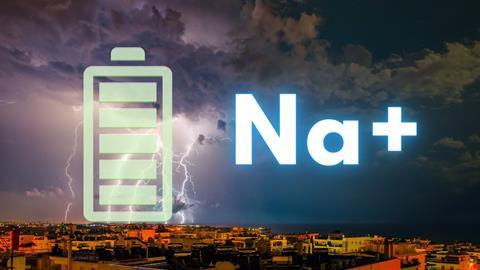
If you look up the top-performing startups and innovation partners for 2023, under the ‘technology’ category, you will find France’s Tiamat. The award was presented by Stellantis for developing “an advanced sodium-ion battery cell chemistry, which offers a lower cost per kWh and an alternative to lithium-ion, free of lithium and cobalt, increasing sustainability and sovereignty.”
According to an official Stellantis press release, Tiamat is the first ever company in the world to have recently commercialised a sodium-ion technology in an electrified product.
In the transition towards EVs, the search for the right EV infrastructures, battery architectures and chemical compositions is critical, and it should be said, is still an ongoing project. OEMS and Tier Suppliers are working overtime to find the right combinations to sustain, and even accelerate the transition to EVs.
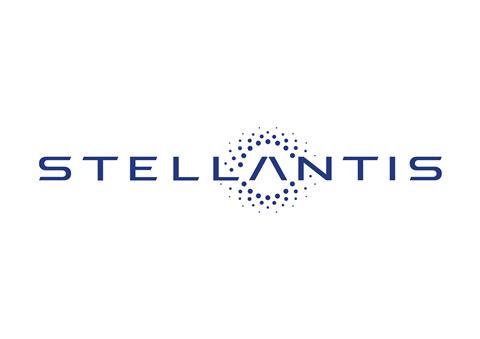
Now, Stellantis Ventures has announced its own participation as a strategic investor in Tiamat, that same France-based company, for its development and commercialisation of the sodium-ion battery technology that Stellantis presented an award for.
(Stellantis Ventures is the corporate venture fund of the automotive-driven Stellantis N.V.)
Advancing battery chemicals for a robust EV future
The investment is a logical one, since Stellantis has an avowed corporate mission to provide clean, safe and affordable mobility to its customers around the world. It also brings into play a new chemical composition that just may define the future of EV battery chemical compositions and therefore the EV market. Lithium-ion battery technology, although currently prevalent, is known to suffer from certain inherent disadvantages such as chemical and structural ageing and degradation, thermal runaway (and fire hazards), and higher up-front costs.
“This is our North Star, as Stellantis and its partners work today to develop ground-breaking technologies for the future”
Stellantis Ventures’ stake in Tiamat indicates its conviction that Sodium-ion technology may hold the promise of a more cost-effective energy storage solution compared with today’s widely used lithium-ion battery technology.
Ned Curic, Stellantis chief engineering and technology officer, underscored this conviction: “Exploring new options for more sustainable and affordable batteries that use widely available raw materials is a key part of our ambitions of the Dare Forward 2030 strategic plan, which will see us reach carbon net zero by 2038.
“Our customers are asking for emissions-free vehicles that offer a combination of robust driving range, performance and affordability. This is our North Star, as Stellantis and its partners work today to develop ground-breaking technologies for the future.”
Dare Forward 2030: sodium-ion a daring endeavour?
The integration of electric propulsion stands as a key component within Stellantis’ Dare Forward 2030 strategic blueprint for the automotive sector.
The initiative includes the ambition of supplying only EV’s for passenger cars in Europe, and a 50% EV “sales mix” for passenger cars and light-duty trucks in the United States by 2030. According to an official release, Stellantis is actively securing approximately 400 gigawatt-hours (GWh) of battery capacity, in pursuit of these ambitious EV sales targets. The company says that it is steadfastly advancing towards attaining a carbon-neutral status across all scopes by 2038, with a commitment to offsetting any remaining emissions at single-digit percentages.
Whichever battery material leads the way in the electric future, the likely scenario is to be an ecosystem of different competing, yet interconnected chemical substructures
Chemical competitions: the race for the right battery materials
Like with any emerging technological landscape, competition to establish the dominant substructure is healthy, yet fierce. On the other side of the spectrum, BMW has shown a major interest in solid-state batteries, which are gaining prominence as a notable technological advancement for the future of EVs; another chemical makeup that has potential benefits such as reduced battery pack weight, enhanced energy density and increased range.
Driving BMW’s adoption of solid-state batteries for the next generation of EVs is Solid Power, a US-based company located in Louisville, near Boulder, Colorado. Solid Power’s all-solid-state battery (ASSB) technology is characterised by a blend of innovative chemistry and established manufacturing practices, offering a range of advantages. These include the facilitation of higher capacity electrodes and notable pack-level cost savings, estimated at 15-35% in comparison to existing lithium-ion counterparts.
A critical aspect of Solid Power’s innovation lies in the utilisation of sulphide-based solid electrolytes. This approach eliminates the need for a flammable liquid electrolyte and a polymer separator layer. Instead, a single layer serves the dual purpose of acting as a barrier between the anode and cathode while functioning as a conductive electrolyte. On the production side of things, Solid Power’s cell manufacturing processes are rooted in well-established techniques utilised in high-volume lithium-ion battery cell production. The company would argue that this pragmatic approach aligns with its vision of advancing technology and ensuring practicality and viability in the pursuit of electric mobility’s future.
Whichever battery material leads the way in the electric future, the likely scenario is to be an ecosystem of different competing, yet interconnected chemical substructures that somehow work together to maintain and progress the overarching EV environment.
But who knows? A single, dominant chemical compositie could take the EV world by storm…





























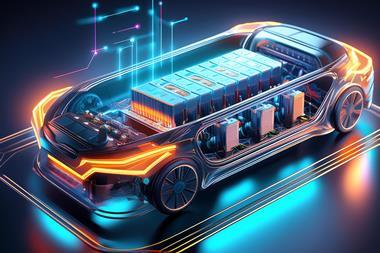

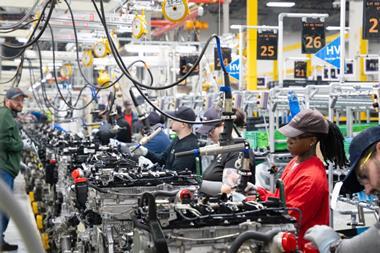


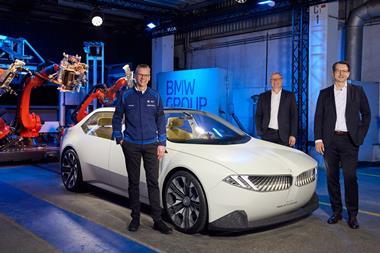
No comments yet